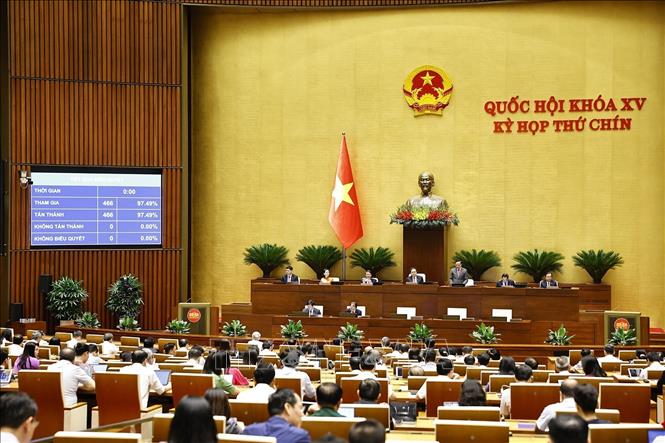
The National Assembly voted to pass the Law on Organization of Local Government (amended). Photo: Doan Tan/VNA
Previously, the 9th Session of the 15th National Assembly passed a Resolution amending and supplementing a number of articles of the 2013 Constitution and passed the Law on Organization of Local Government (amended), along with many synchronous laws and resolutions, creating a legal basis for innovation and arrangement of the two-level local government apparatus. The whole country was reorganized into 34 provinces and cities and implemented a two-level local government model, including provincial and communal levels. This is one of the historical decisions with long-term strategic significance to expand the space for socio-economic development, in line with the country's context in the new era.
The reorganization of administrative units not only brings a new look to the local government system but also opens up a large and promising development space for each region, each locality and the whole country. When the administrative apparatus is reorganized in a streamlined, synchronous, effective and efficient manner, state management will be significantly improved. The shortened intermediate levels mean that decisions and policies will be closer to the people, reflecting more accurately the requirements and desires of real life. From there, the service efficiency of local governments is enhanced, and people's trust in the State is increasingly consolidated. This is also a step demonstrating the strategic thinking and long-term vision of our Party and State in building a modern, democratic and serving administration.
On June 30, 2025, 34 provinces and cities across the country simultaneously held a ceremony to announce the Resolutions and Decisions of the Central and local governments on merging administrative units, establishing party organizations, appointing Party committees, People's Councils, People's Committees, and Fatherland Fronts of provinces, cities, communes, wards, and special zones.
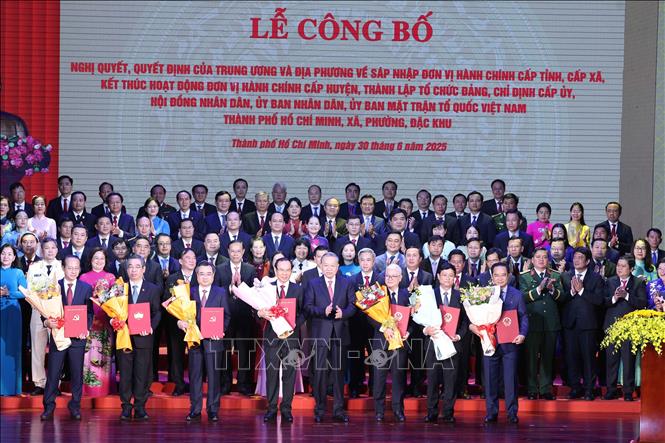
General Secretary To Lam handed over resolutions and decisions of the Central Committee on merging administrative units and establishing party organizations, appointing the Party Committee, People's Council, People's Committee, and Vietnam Fatherland Front Committee of Ho Chi Minh City. Photo: Thong Nhat/VNA
Speaking at the ceremony to announce the National Assembly's Resolution on merging provinces and cities, along with the Party Central Committee's decisions to establish provincial party committees and local leadership personnel in Ho Chi Minh City, General Secretary To Lam affirmed: "This is not only an administrative event, but also a strategic turning point, an inevitable objective requirement of the people and the country in the journey to build dynamic development zones of the country and the region, to be worthy of the aspiration of "a strong Vietnam by 2045".
At the ceremony to announce the resolution of the National Assembly Standing Committee on the arrangement of commune-level administrative units; the decisions of Hanoi City on the implementation of the organization of commune-level administrative units, President Luong Cuong also emphasized: “This is a major and especially important policy of our Party and State, of long-term strategic nature, demonstrating great political determination in building a streamlined, efficient, effective, effective, close-to-the-people administration, serving the people better. This is not just a simple adjustment of administrative boundaries, but also a step of great significance in terms of politics, organization and ensuring the sustainable development of the country”.
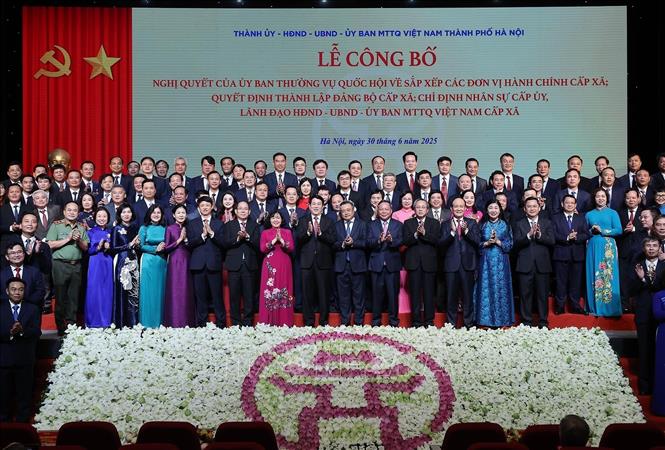
President Luong Cuong with city leaders and 126 Party Secretaries of communes in Hanoi. Photo: Lam Khanh/VNA
On the new foundation, localities will have more favorable conditions to mobilize and allocate resources, plan harmonious and balanced development space between urban and rural areas, between economy and environment, between growth and social equity. Expanding the scale of provinces and cities will create conditions for localities to build inter-provincial dynamic regions, promote regional linkage advantages, and increase international competitiveness. Large urban areas and economic-technical corridors will be re-planned in a more reasonable manner, connecting more effectively with transport infrastructure and modern supply chains. From there, it will open up opportunities to attract stronger investment, especially in key areas such as: high-tech industry, digital transformation, ecological agriculture and sustainable tourism.
Not only creating positive effects in terms of organization, the two-tier government model also brings a new breath of life to the team of civil servants. The spirit of reform, the spirit of service, the spirit of being close to the people will become mandatory requirements, and at the same time, it will be the driving force for the team of officials to innovate their thinking, improve their qualifications, and be more committed to their tasks. That is the main force to convey policies and guidelines to social life in a faster, more effective and more humane way. The new model not only helps the government operate more effectively but also creates conditions for the people to participate more in the process of building, monitoring and evaluating public policies, thereby forming a truly democratic administration.
This institutional reform not only affirms the steadfast political will and determination to innovate of our Party and State, but also demonstrates the spirit of consensus, trust and strong response from the People. It is the convergence of the intelligence, will and aspiration to rise up of the entire nation in the new era.
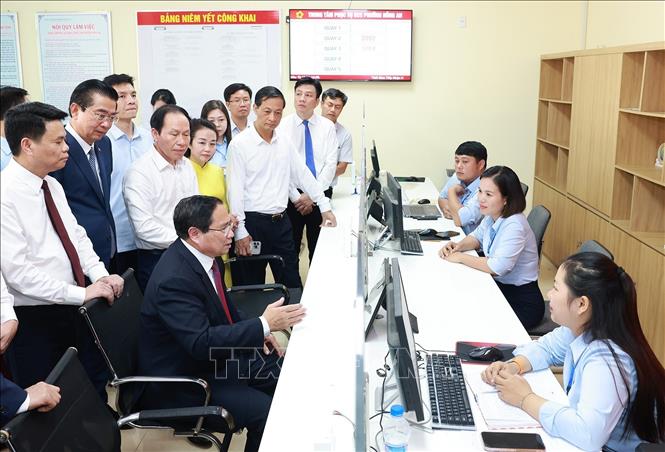
Prime Minister Pham Minh Chinh visits the Public Administration Service Center of Hong An Ward, Hai Phong City. Photo: Duong Giang/VNA
“Rearranging the country” is not simply a matter of reorganizing administrative boundaries, but a strong action to re-establish a national governance foundation suitable for the future. It is a decisive transformation so that the country can adapt, develop and break through in a constantly changing world. It is also a testament to a Vietnam that is constantly moving forward, a Vietnam that integrates, innovates and develops sustainably, towards the noble goals that the entire Party, people and army are striving to achieve.
“Rearranging the country” is not just the end of an old system, but the beginning of a new era of governance, stronger, more modern and more sustainable.
Minh Duyen (synthesis) (Vietnam News Agency)
Source: https://baotintuc.vn/thoi-su/sap-xep-lai-giang-son-buoc-chuyen-minh-lich-su-vi-su-phat-trien-ben-vung-20250701070029474.htm


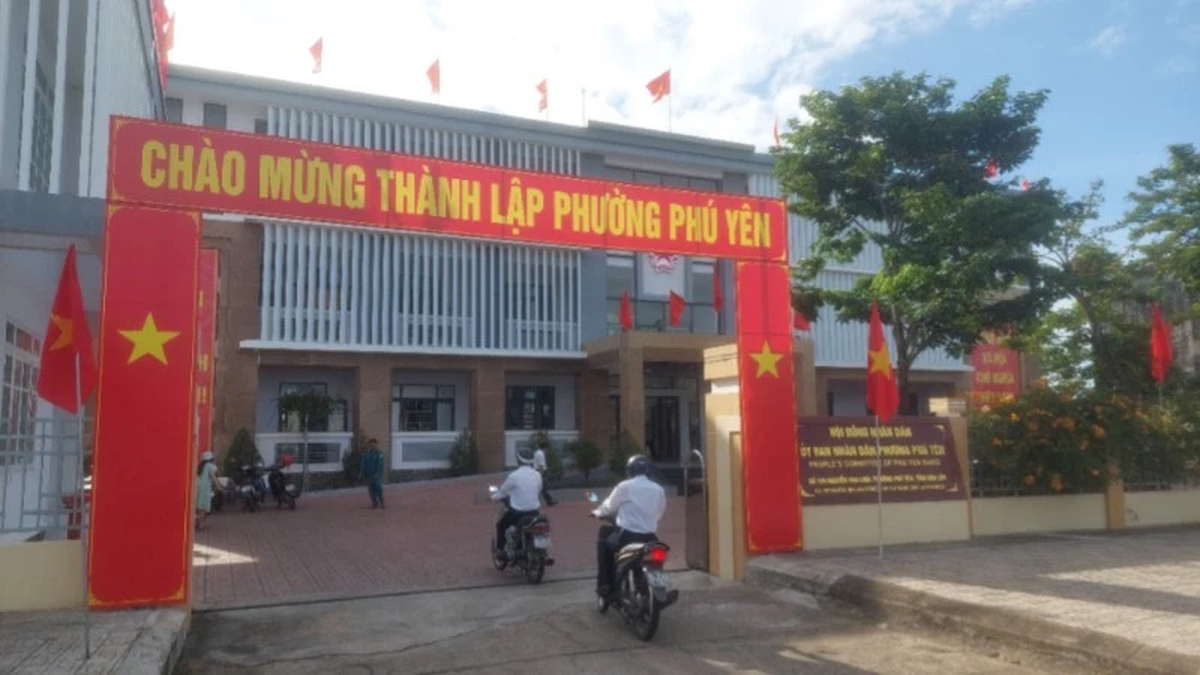
![[Photo] National Assembly Chairman visits Vi Thuy Commune Public Administration Service Center](https://vphoto.vietnam.vn/thumb/1200x675/vietnam/resource/IMAGE/2025/7/1/d170a5e8cb374ebcae8bf6f7047372b9)




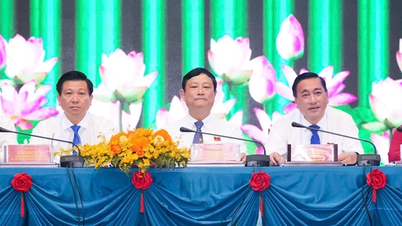

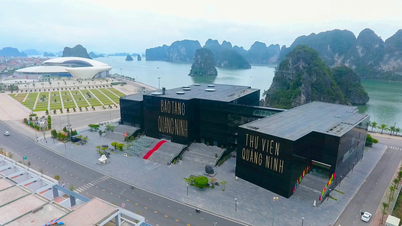

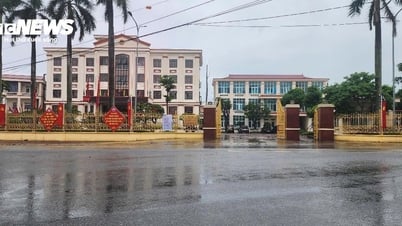

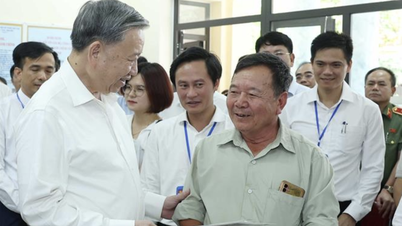





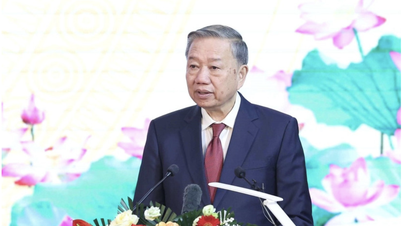

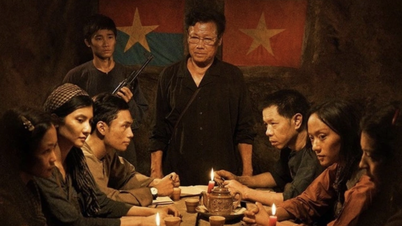

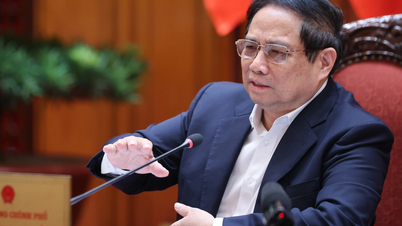
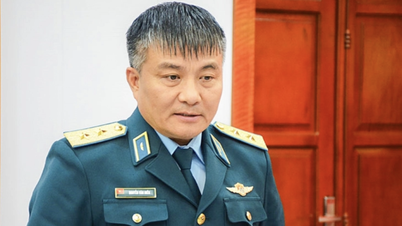




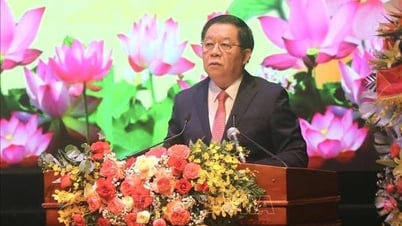

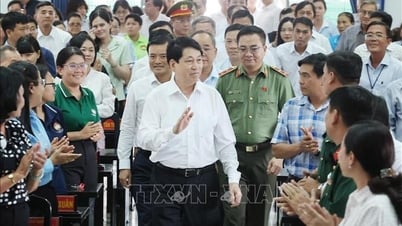
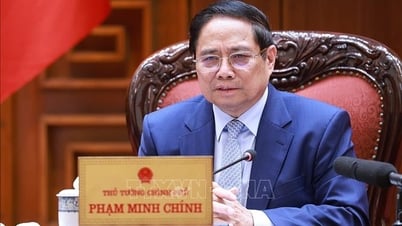
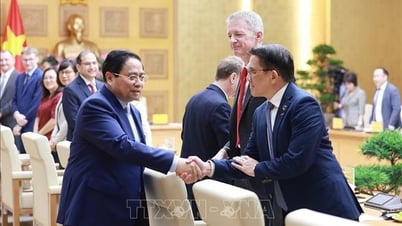
![[Photo] Standing member of the Secretariat Tran Cam Tu chaired a meeting with Party committees, offices, Party committees, agencies and Central organizations.](https://vphoto.vietnam.vn/thumb/1200x675/vietnam/resource/IMAGE/2025/7/1/b8922706fa384bbdadd4513b68879951)
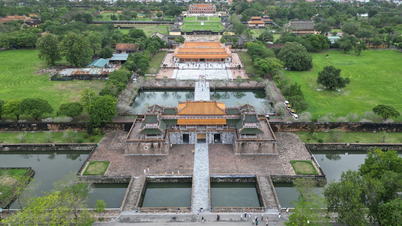

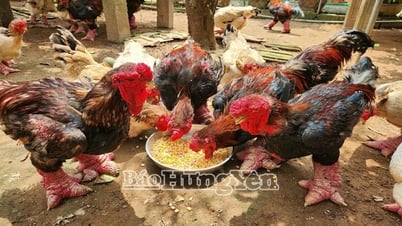

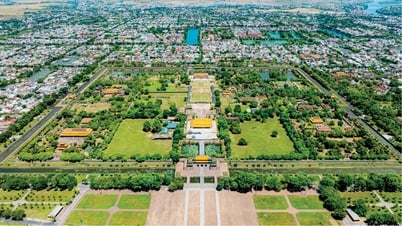



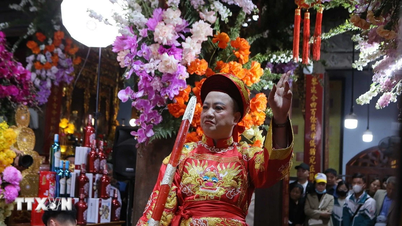
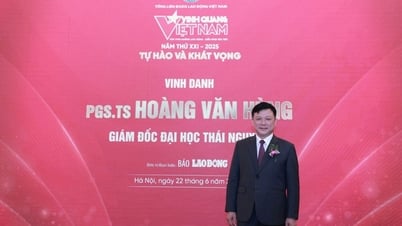

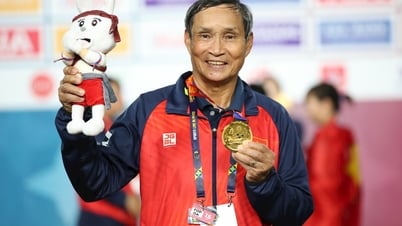

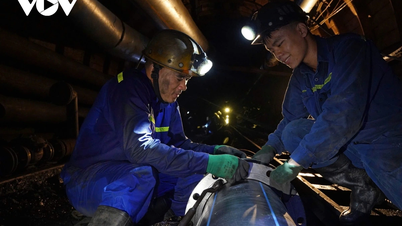









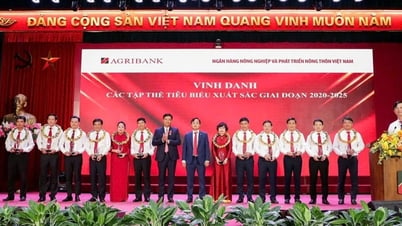


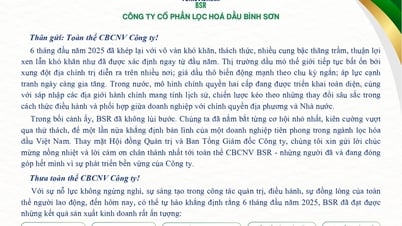

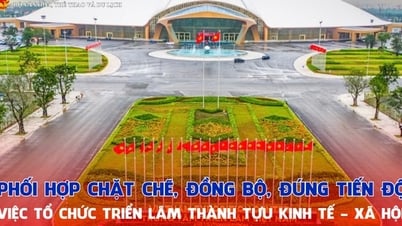

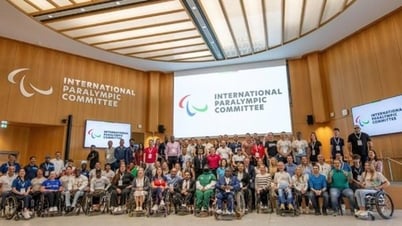
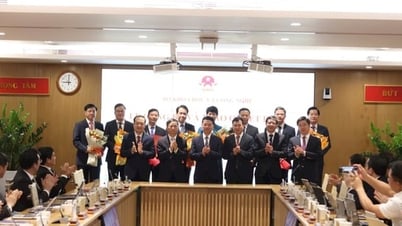

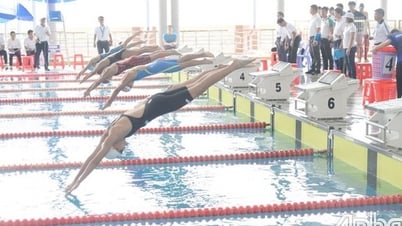
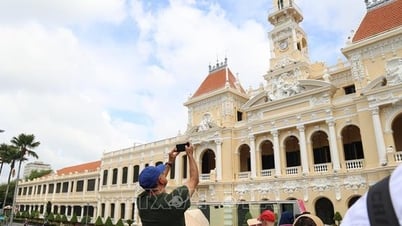
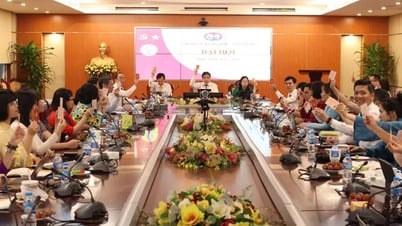




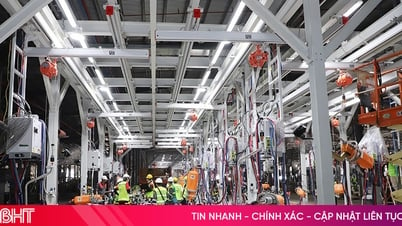


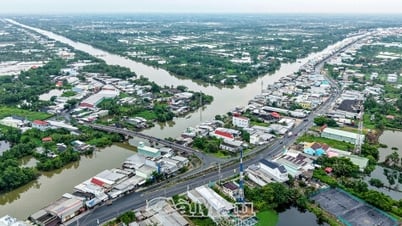











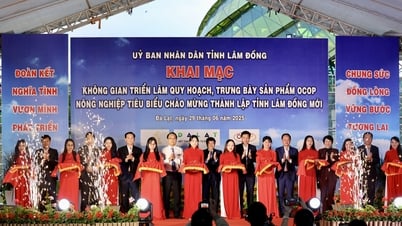





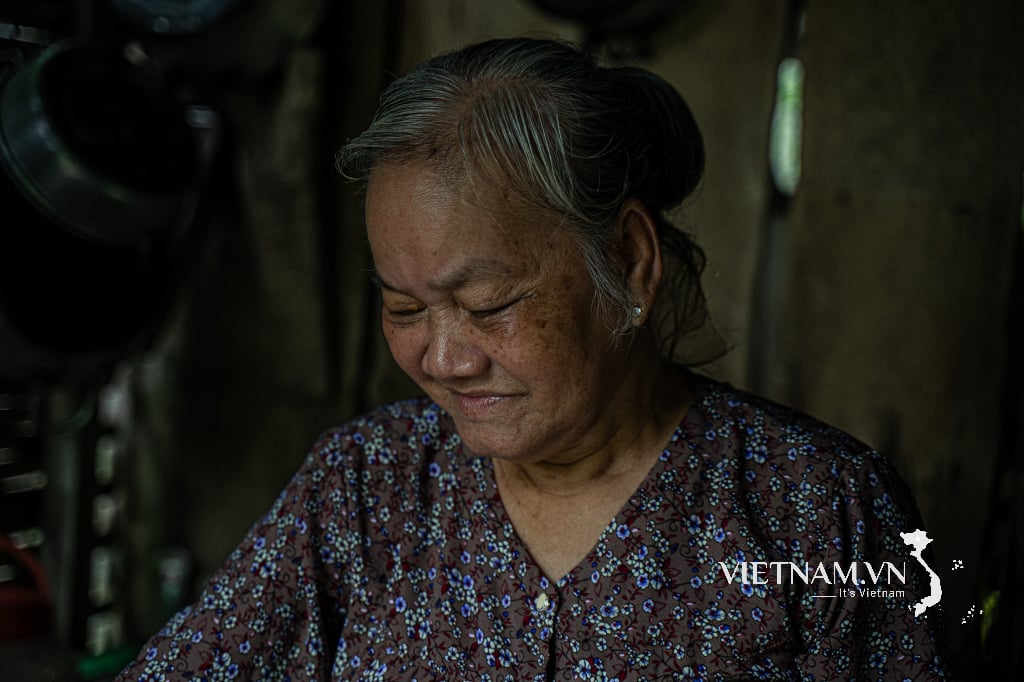
Comment (0)